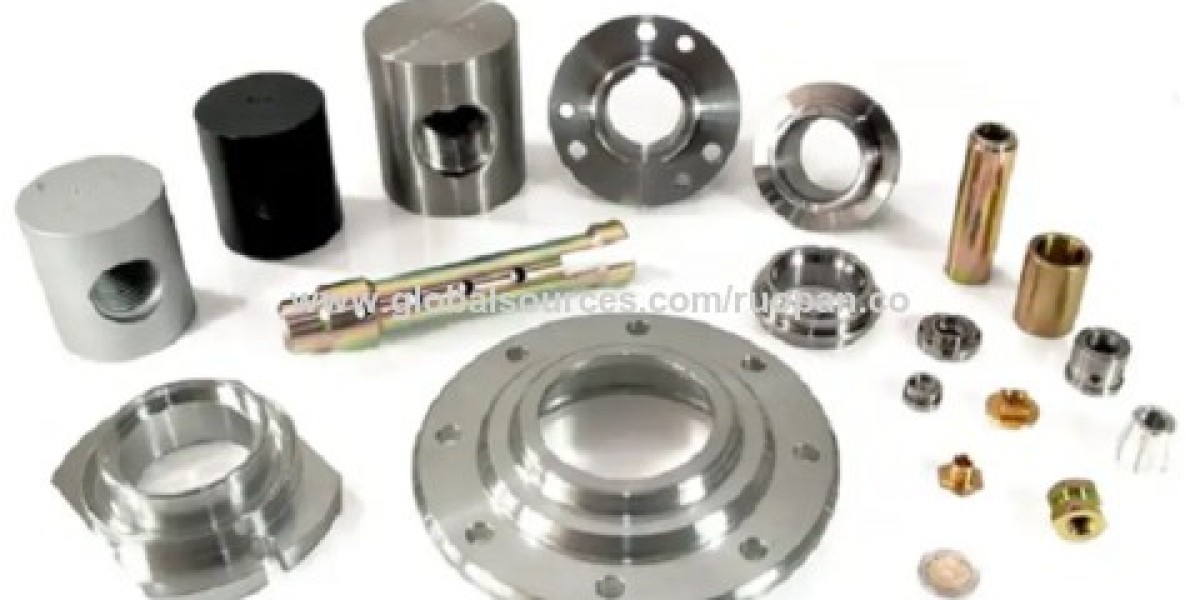In today’s fast-paced healthcare environment, managing medical records can be overwhelming. Storing physical records not only takes up valuable space but also creates inefficiencies in retrieving important patient information. Medical Record Scanning services provide an efficient solution to streamline medical record management, allowing healthcare providers to focus on what matters most—patient care.
What is Medical Record Scanning?
Medical Record Scanning involves converting paper-based records into digital formats. This process ensures easy access to vital documents such as patient histories, prescriptions, insurance forms, and lab reports. By digitizing these records, healthcare organizations can significantly reduce manual paperwork while improving accessibility and workflow.
Benefits of Medical Record Scanning
Enhanced Accessibility
Digitized records can be accessed instantly from any device, making it easier for healthcare professionals to retrieve patient information, even during emergencies. This ensures seamless patient care and eliminates the delays associated with searching for paper records.Improved Security
Paper-based records are vulnerable to damage, loss, or unauthorized access. Digital records, on the other hand, offer enhanced security features such as password protection and encryption, ensuring that sensitive patient information remains confidential and protected.Cost Savings
Maintaining physical records requires significant resources in terms of storage space and manual labor. By switching to digital records, healthcare facilities can save on storage costs and reduce the need for administrative staff to handle paperwork.Increased Efficiency
With Medical Record Scanning services, routine tasks like managing medical history, prescriptions, and billing statements become automated. This not only increases efficiency but also reduces the likelihood of human error, ultimately improving the quality of patient care.Regulatory Compliance
Healthcare providers must adhere to strict regulations regarding patient data management. Digitized medical records ensure compliance with legal requirements, as they can be easily archived, retrieved, and shared according to the latest healthcare standards.
Risks of Paper-based Medical Records
Relying on paper-based records can lead to several challenges:
- Loss of Records: Paper documents can easily be misplaced or damaged due to environmental factors like fire, water, or deterioration over time.
- Time-Consuming: Retrieving specific patient information from a large collection of physical files can be time-consuming, leading to delays in decision-making and patient care.
- Data Security: Paper records are prone to unauthorized access, making them a security risk. Digitizing records helps in implementing better security measures like encryption and access controls.
Types of Documents Scanned
A wide range of medical documents can be digitized, including:
- Patient Records: Medical history, treatment plans, discharge summaries, progress notes.
- Prescription Records: Prescription orders, pharmacy records, medication lists.
- Insurance Forms: Insurance claims, billing statements, authorizations.
- Imaging Records: MRI scans, X-rays, CT scans.
- Administrative Documents: Consent forms, patient registration details, insurance information.
- Research Documents: Clinical trial reports, research studies, medical literature.
- Lab Reports: Laboratory test results.
- Legal Documents: Power of attorney forms, patient care legal documents.
How the Process Works
The process of medical record scanning is straightforward and efficient. First, paper documents are collected and prepared for scanning. Each document is carefully scanned using high-quality scanners that capture every detail, ensuring clarity and accuracy. Optical Character Recognition (OCR) technology is then applied to convert these scanned images into machine-readable text, making it possible to edit or search through the files easily. Once digitized, the documents are securely stored, ready to be retrieved whenever needed.
Frequently Asked Questions
How secure is medical record scanning?
Digitized records are protected by advanced encryption and access controls, ensuring the highest level of security for sensitive patient data.How long does it take to digitize paper medical records?
The time required depends on the volume of records. However, the process is designed to be efficient and minimize any disruption to regular operations.What happens to the original records after scanning?
After the documents are digitized, you can choose to securely store or dispose of the physical records according to your organization's needs.Can scanned records be edited?
Yes, using OCR technology, digitized records can be converted into editable formats, allowing healthcare providers to make necessary updates.
Conclusion
By utilizing document digitization services, healthcare providers can significantly reduce the burden of paperwork, improve data security, and streamline their workflow. Transitioning from paper to digital records not only enhances operational efficiency but also ensures that patient care remains at the forefront of every healthcare facility's priorities.







